Welcome to Fotma Alloy!

News
-
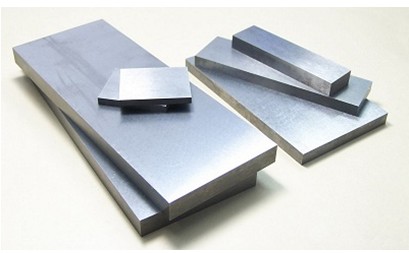
Import and Export Data of China’s Molybdenum Products in March 2023
The cumulative import volume of molybdenum products in China from January to March 2023 was 11442.26 tons, a year-on-year increase of 96.98%; The cumulative import amount was 1.807 billion yuan, an increase of 168.44% year-on-year. Among them, from January to March, China imported 922.40 tons of ...Read more -
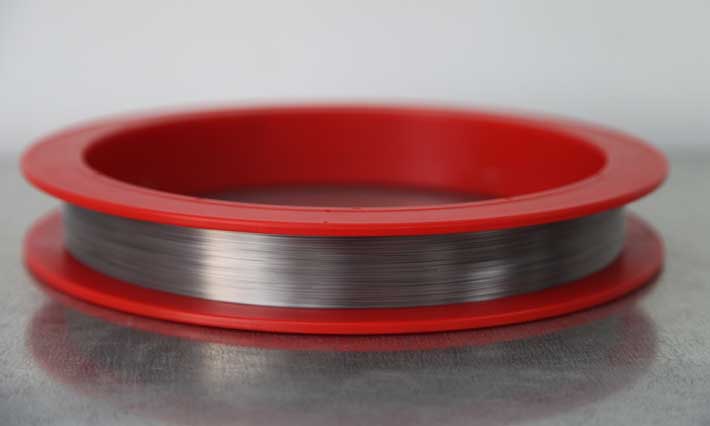
What is Tungsten Based Diamond Wire / Tungsten Fund Steel Wire?
Tungsten Diamond Wire, also known as Tungsten Fund Steel Wire, is a type of diamond cutting wire or diamond wire that uses doped tungsten wire as the bus/substrate. It is a progressive linear cutting tool composed of doped tungsten wire, pre plated nickel layer, sanded nickel layer, and sanded ni...Read more -
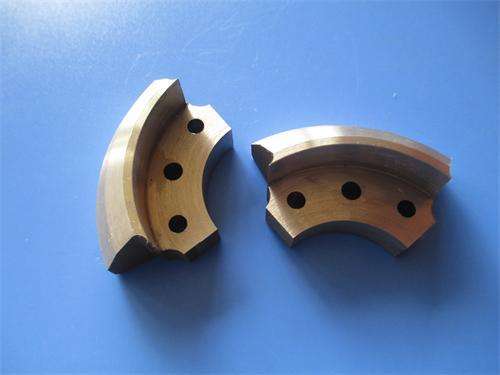
The Effect of Impurity Elements on the Ductility of Tungsten Alloys
The ductility of tungsten alloy refers to the plastic deformation ability of the alloy material before it ruptures due to stress. It is a combination of mechanical properties with similar concepts of ductility and ductility, and is influenced by many factors, including material composition, raw m...Read more -
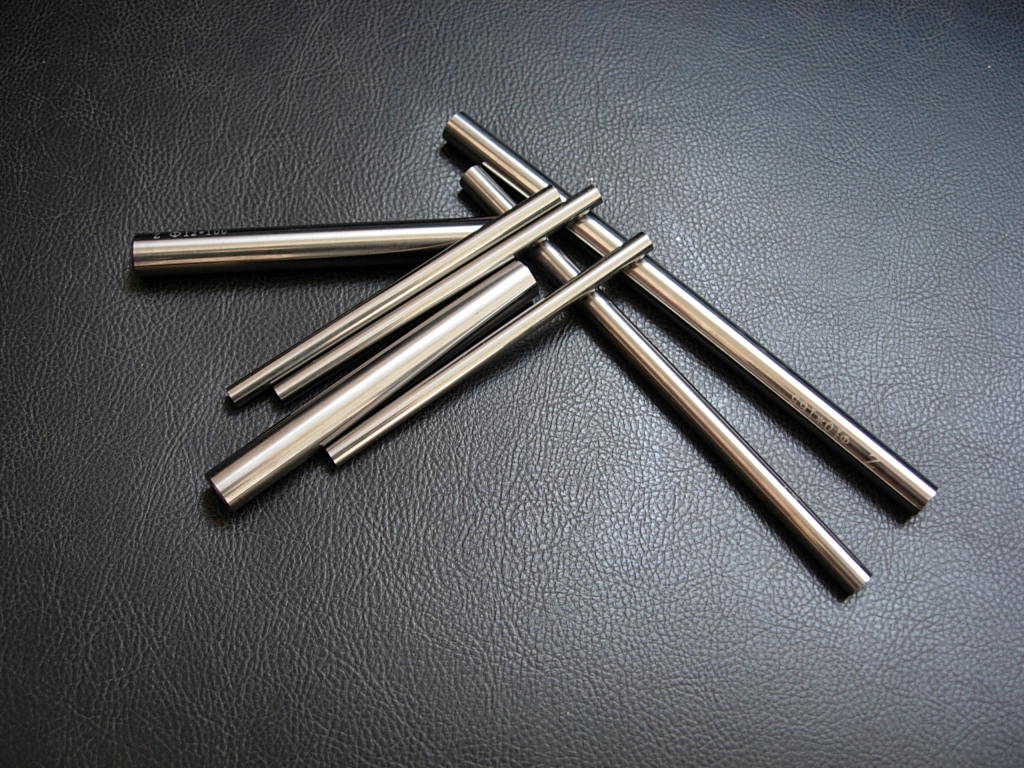
The Difference Between Cemented Carbide and High Speed Steel(HSS)
Cemented carbide and high-speed steel are typical downstream products of refractory metal tungsten (W), both have good thermodynamic properties, and can be used to make cutting tools, cold-working molds and hot-working molds, etc. However, due to the different material compositions of the two, th...Read more -
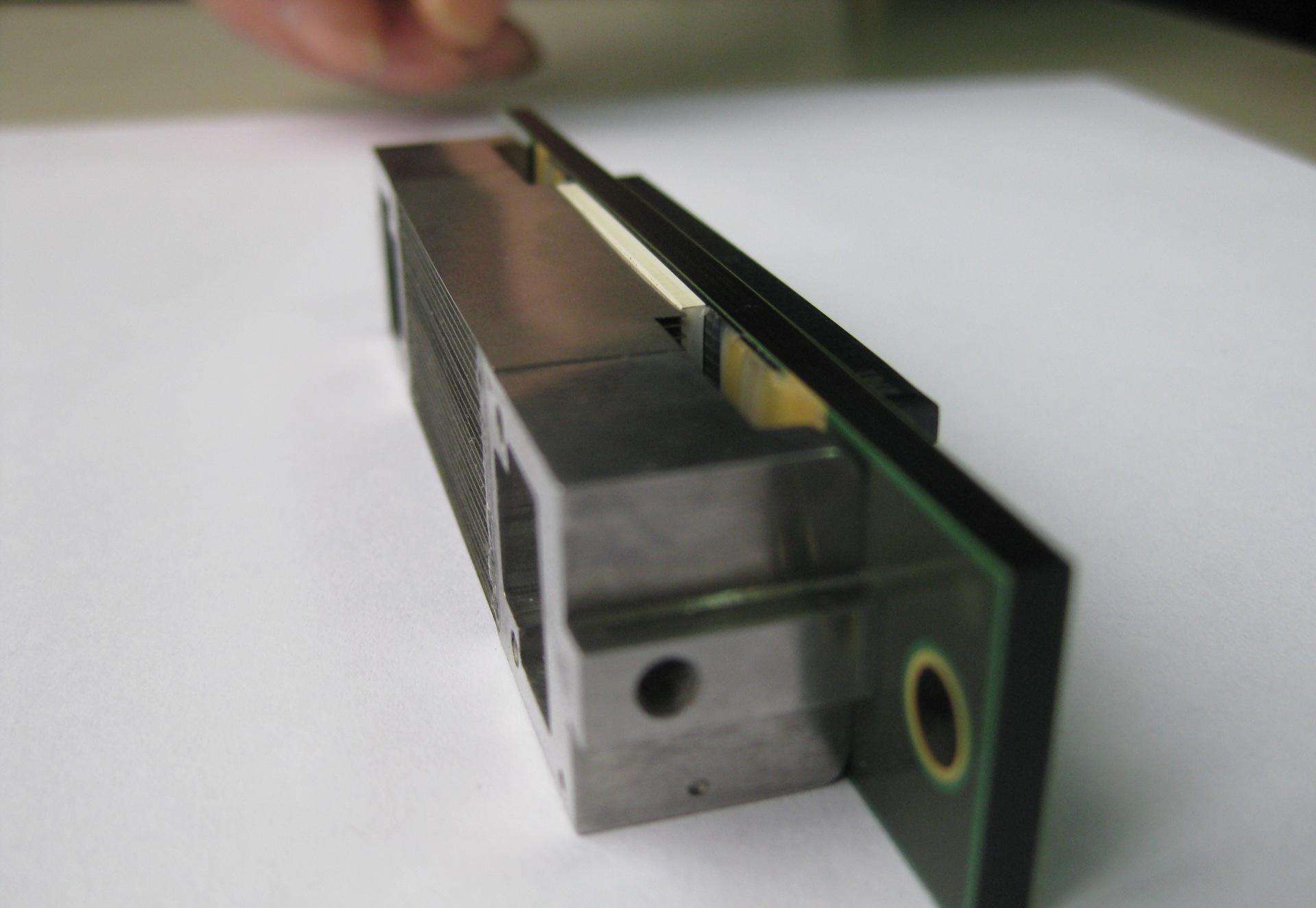
What is the Shielding Property of Tungsten Alloy
As a representative downstream product of refractory tungsten metal, high specific gravity tungsten alloy has excellent shielding performance in addition to the characteristics of non-radioactivity, high density, high strength, high hardness and good chemical stability, and is widely used in coll...Read more -
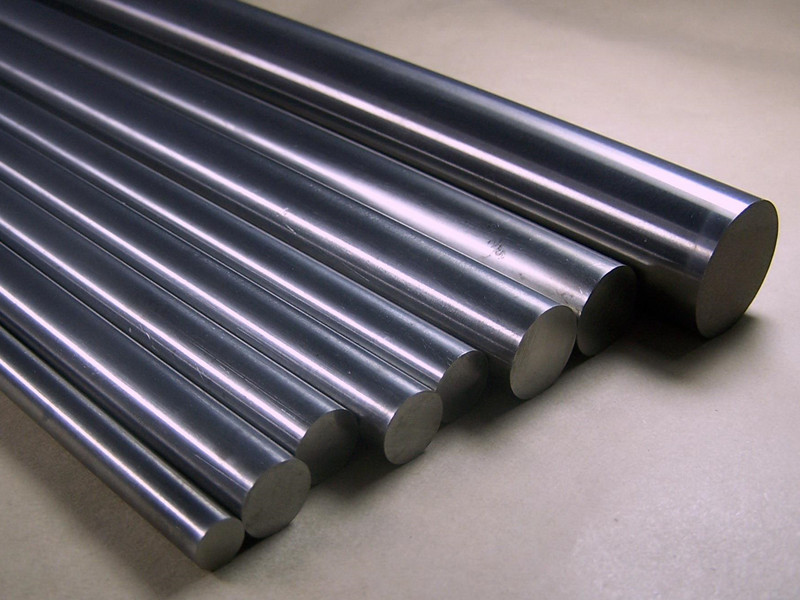
Main Properties of Tungsten Alloy
Tungsten Alloy is a kind of alloy material with transition metal tungsten (W) as the hard phase and nickel (Ni), iron (Fe), copper (Cu) and other metal elements as the bonding phase. It has excellent thermodynamic, chemical and electrical properties and is widely used in national defense, militar...Read more -
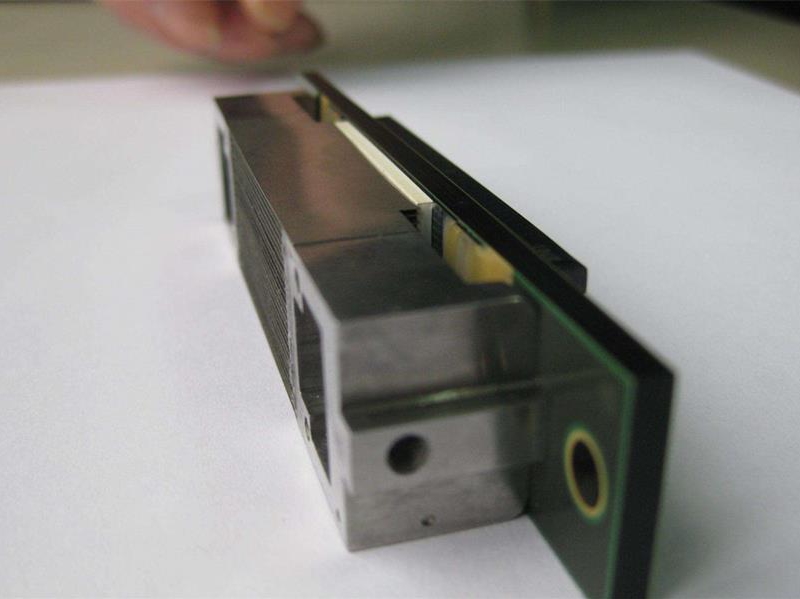
Heavy Tungsten Alloy Applications
High Density Metals are made possible by Powder Metallurgy techniques. The process is a mixture of tungsten powder with nickel, iron, and/or copper and molybdenum powder, compacted and liquid phase sintered, giving a homogeneous structure with no grain direction. The res...Read more -
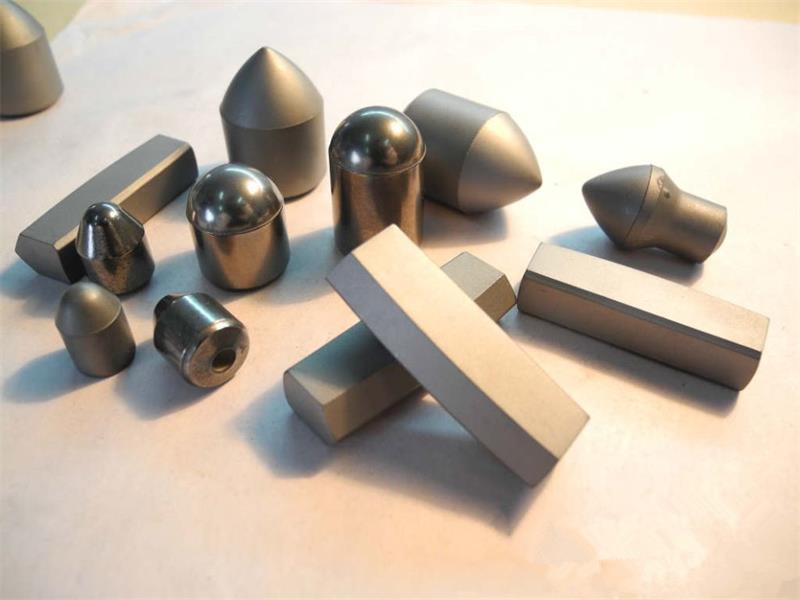
Properties of Tungsten Carbide
The metal tungsten, whose name is derived from Swedish – tung(heavy) and sten (stone) is mainly used in the form of cemented tungsten carbides. Cemented carbides or hard metals as they are often dubbed are a class of materials made by ‘cementing’ grains of tungsten carbi...Read more -
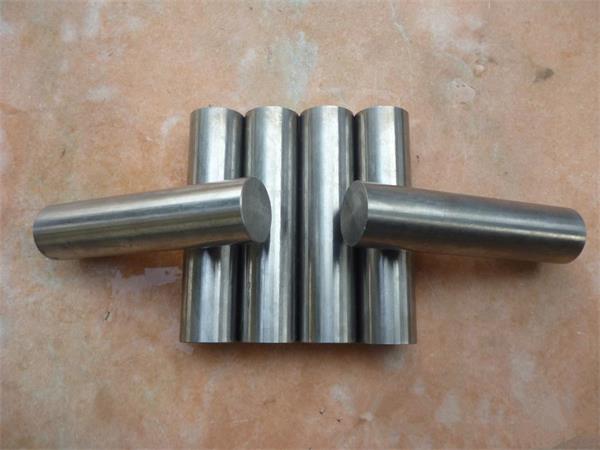
Molybdenum and TZM
More molybdenum is consumed annually than any other refractory metal. Molybdenum ingots, produced by melting of P/M electrodes, are extruded, rolled into sheet and rod, and subsequently drawn to other mill product shapes, such as wire and tubing. These materials can then...Read more
